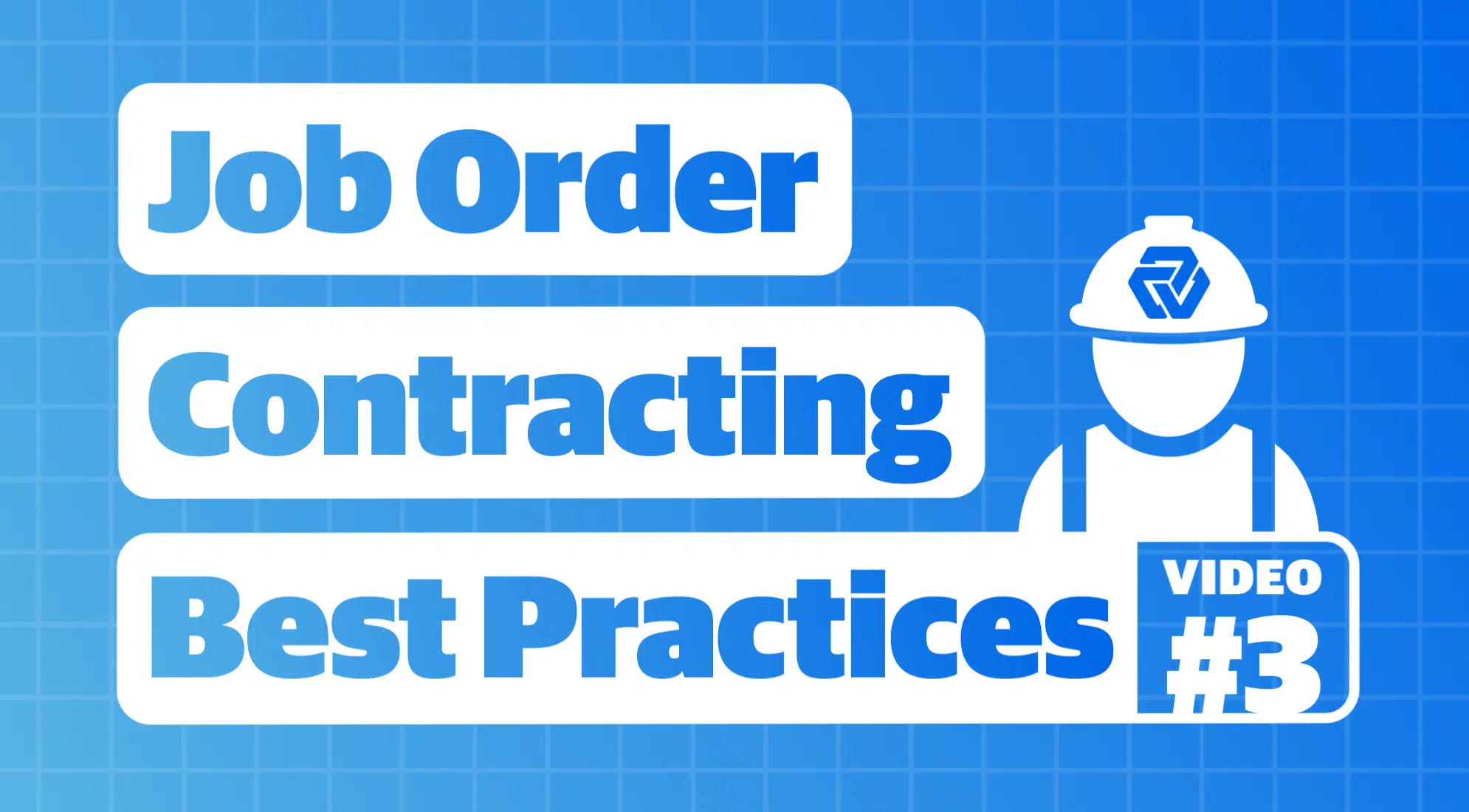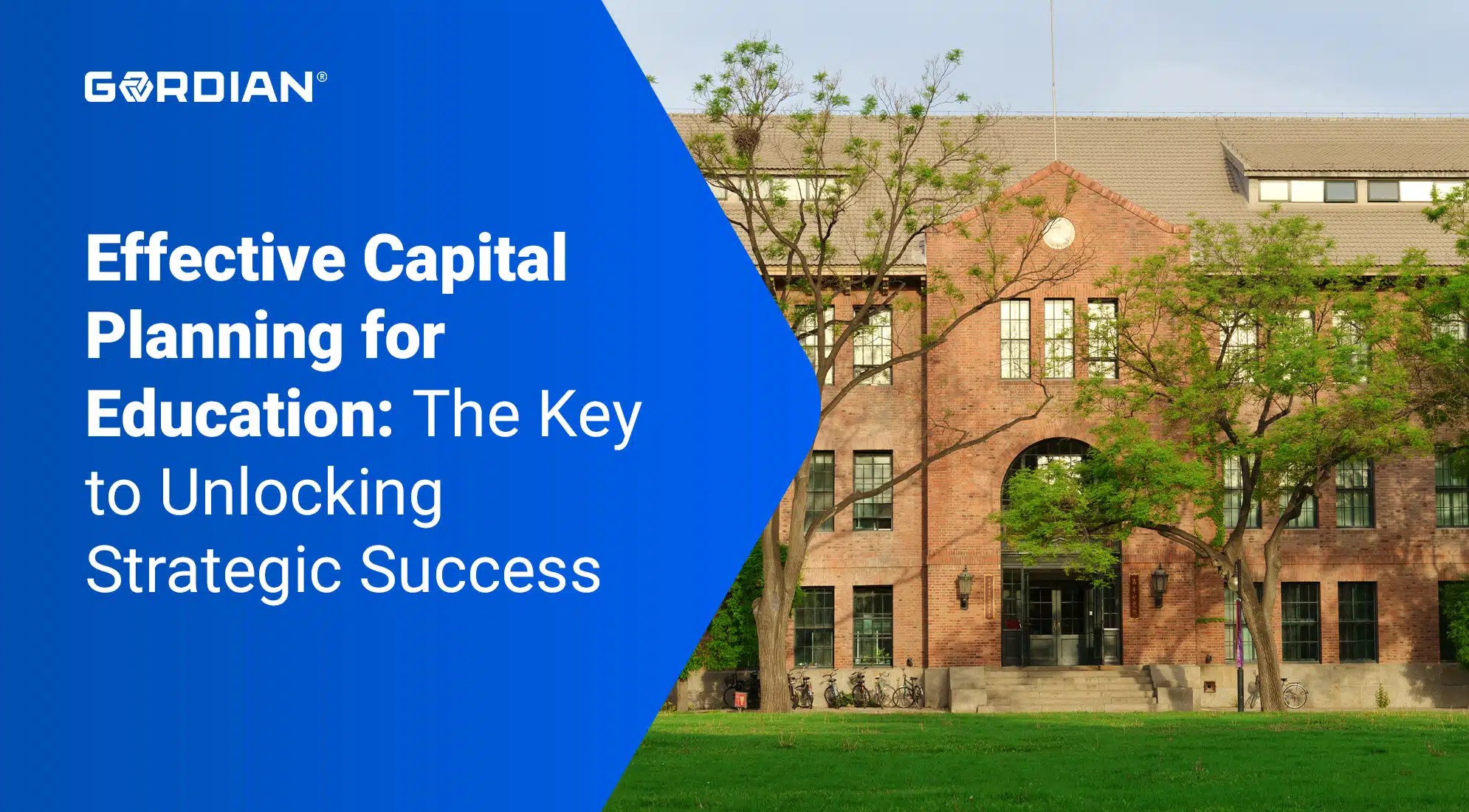Key Points:
- Frame and Prioritize Assessment Data for Decision-Makers
Traditional Facilities Condition Assessments (FCAs) often produce highly detailed, technical reports that can overwhelm stakeholders. Instead, framing the data at a macro level—focusing on how facility needs align with institutional goals—makes it easier to prioritize investments and secure funding. This strategic framing transforms the FCA into a planning tool, not just a technical document. - Balance Technical Detail with Strategic Insight
While granular data (e.g., component-level deficiencies) is essential for engineers and contractors, effective FCAs should also highlight big-picture issues like system-wide inefficiencies or aging infrastructure. This dual-level approach helps facility managers advocate for resources by showing how targeted upgrades (e.g., electrical systems or building envelopes) can yield cost savings and operational improvements. - Engage Stakeholders Throughout the Process
Successful FCAs require collaboration with institutional leaders to ensure the findings are understood, actionable, and aligned with strategic priorities. Avoiding overly technical language and involving decision-makers early helps build consensus and ensures that the assessment leads to meaningful improvements.
Facilities condition assessments are a critical tool to understand how each element in a building portfolio is performing — and to determine where investments are most needed. While traditional educational facilities assessments provide valuable insights, these technical engineering documents typically have two downfalls. They are either overly complex and become overwhelming lists of problems or they do not consider a district’s unique challenges
What if we told you that you can deliver a planning tool that institution stakeholders can quickly grasp and act on with confidence? Here’s how:
1. Ensure your list of needs is framed, targeted and clear
Most educational facilities condition assessments are highly detailed inventory lists, broken down at the component level. While this level of detail is valuable for the individuals who will ultimately fix the problems, it does not effectively facilitate decision making or securing the necessary capital.
Taking a broader approach to presenting campus facilities assessments eliminates much of the detail and makes it easier to prioritize campus improvements. When portfolio elements are ranked according to their significance to the overall campus or district mission, decision making becomes less complicated and more straightforward.
As you begin your facility assessment, make sure you have the end goal in mind. Are you looking to improve the entire campus, or a part of your facilities portfolio? What will you do with this information? To whom will you present it?
If this assessment is a tool to help you organize your planning, that’s one thing. If you’re using it to forecast for future needs, that’s another goal entirely. Knowing your audience, and clearly articulating your argument to them, will help you to make a stronger case for funding or resource optimization.
2. Gather technical details, but focus on the macro level
All of the information gathered during an educational facilities assessment can be valuable. As a facilities manager, having highly detailed information about your facilities’ problems can later speed the process of working with designers, engineers and contractors to target solutions.
When you’re working to identify resources, however, you should be working at a different altitude. Here, the goal is to engage leaders in defining a strategy, so that you can confidently pick the individual projects. This macro level understanding of problems can help you develop the right argument for directing your limited resources to the areas that will provide the greatest benefit to the district community.
Does the campus’ entire electrical system need improvement? Will an upgrade create cost savings that can be reinvested into other improvements? Or maybe the building envelope is due for an upgrade. Could this project provide a fresh look to dated facades while improving the comfort in the elementary building?
3. Stay involved and work with district stakeholders to understand issues
In many instances, these laundry lists of problems are written in technical jargon that decision makers may find opaque and confusing. When communicating with financial decision-makers on campus, it’s important to explain the problems at a high level. Rather than detailing a challenge in precise but technical language, explain the consequences of ignoring the problem. Provide a framework to understand the problem — how, if left unaddressed, it will impact the district’s ability to achieve its mission.
4. Recognize that facilities condition assessments should be focused on prioritization
Delivering an extensive list of technical problems can be perceived as an ultimatum. Overwhelming in scope and filled with minutia, detailed assessments can be misconstrued as manipulative and alarmist. And it becomes easy for a board or other decision makers to turn them down. To counter this tendency, organize and prioritize your recommendations. Make it clear that not everything has to be addressed right away.
But there is another pressure working against the process, as well. Facilities departments usually compete for funds with faculty salaries, transportation initiatives, and other highly visible district needs. Because maintenance and other facilities expenses often occur out of sight, their needs may not seem as crucial as funding impacting students and staff.
Competition for funding has made deferred maintenance commonplace across the nation — a problem that is more significant on some campuses than others. At many schools, there aren’t enough operating dollars to cover the maintenance needs of the district, even before competing expenses are factored in. That creates a very challenging environment.
The solution is straightforward: use your districts’s overall goals to prioritize your projects, and plan to address your full portfolio incrementally over time.
Facilities Condition Assessments: Solutions
Gordian’s Assessments and Capital Planning solutions can help you and your facilities learn how to make the most intelligent use of capital.






